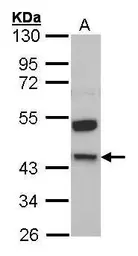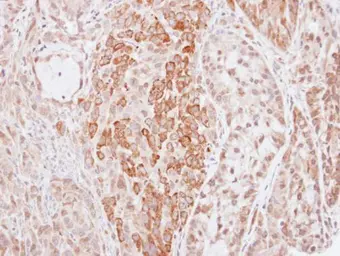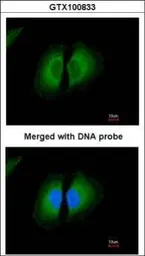HMW Kininogen antibody
Cat. No. GTX100833
Cat. No. GTX100833
-
HostRabbit
-
ClonalityPolyclonal
-
IsotypeIgG
-
ApplicationsWB ICC/IF IHC-P
-
ReactivityHuman


